Flowering Stones of the Desert
By Chloe Durr
There is more than meets the eye in the seemingly lifeless facade of the Namibian desert. Despite the harsh aridity and extreme temperatures, ecological wonders and desert-adapted treasures survive - most remain invisible to the untrained eye. If it wasn’t for my visit to Alte Kalköfen's Cole Lithoporium in the heart of Namibia's South, I may never have known they existed!
Seeded Passion
Hilda Mouton of Alte Kalk?fen has always been interested in gardening, but it wasn't until 1990 when a friend gave her a little succulent plant found in a desert area of Namibia that her passion for Lithops began. Fascinated by the miniature stone-like succulent, Hilda began her search to find similar plants in order to understand how something so tiny could survive in such a harsh desert climate.
Lithops are highly protected by conservation laws in Namibia and she was thus required to obtain a special license before she could embark on her research. Hilda has grown her collection over the years and now possesses eleven Namibian species and she is the discoverer of a new variety called the Omicorum “friendship circle“ in 2005. She has four species that grow across Namibian borders and has an array of species that grow in South Africa. Together with her husband, Frikkie Mouton, Hilda strives to produce seeds to facilitate the protection of the species for future generations. Their extensive collection can be viewed at the Cole Lithoporium at Alte Kalk?fen, a lodge found about 90km west of Keetmanshoop as you drive to Lüderitz. Here the largest registered collection of Lithops in Namibia is kept in specially constructed “hothouses”.
Tip: To further your research about the Lithops Genis a great resource is “Lithops Flowering Stones“ (published by Cactus & Co, 2005)
What are Lithops?
Lithops are miniature succulent plants that mimic pebbles and are native to the arid regions of Southern Africa. These dwarf succulents are made up of two semi-translucent fleshy leaves that are fused together along a fissure at the surface of the soil to form an obconic shape that is reminiscent of miniature cow hooves - from which the local Afrikaans description “Beeskloutjies“ originates. The small above-ground surface area of the leaves ensures minimal sun exposure, prevents water evaporation, whilst the body of the plant is hidden beneath the soil with a sophisticated taproot system to store water to enable the plant to live for months on end without rain.
Fun Fact: Some Lithops are able to survive with mist/fog being their only source of moisture - true desert survivors!
Masters of Camouflage
Just as magical as their name suggests they are, these “living-stones“ have the ability to mimic the habitat in which they are found, adapting their shape, size, colour and even their texture to camouflage themselves in the surrounding quartzite, granite, sandstone, shale and limestone environments in order to conceal themselves from grazing antelope.
Fun Fact: Lithops are such masters of camouflage that their initial discovery in 1811 by William John Burchell, on a botanical expedition of Southern Africa, picked up a “curiously shaped pebble“ that surprisingly proved to be a plant. Since then many varieties of Lithops have been found as they continue to evolve and morph into their ever-changing habitat.
Plan Your Visit
Alte Kalk?fen remains one of Namibia's best kept secrets, while it is in fact the perfect base from where to explore the surrounding attractions of the South: Fish River Canyon (150km), Giants Playground (130km), Duwisib Castle (130km), the Wild Horses of the Gariep (130km), even the newly constructed Neckartal Dam is close, and it is a fantastic stop-over on your way to Namibia’s southern port at Lüderitz (220 km). A visit to the Cole Lithoporium will surely ignite your passion for Lithops, and an extended stay at what could be translated as the “Old Lime Kiln” Lodge, could prove an unique experience in the comfortable and artistic rooms in a newly refurbished farmhouse, or a “night under zinc“ in quirky shacks, lovingly built by Frikkie, using sheets of zinc and metal scraps found on the farm. Coupled with the nostalgic sound of the train passing twice daily in what must have been a godforsaken place in the distant past, or the enjoyment of a swim in the crystal-clear water tower, the friendly Mouton couple assures you of a memorable stay.
Tip: The little chapel and Lodge are perfect venues for an intimate wedding setting!
There is more than meets the eye in the seemingly lifeless facade of the Namibian desert. Despite the harsh aridity and extreme temperatures, ecological wonders and desert-adapted treasures survive - most remain invisible to the untrained eye. If it wasn’t for my visit to Alte Kalköfen's Cole Lithoporium in the heart of Namibia's South, I may never have known they existed!
Seeded Passion
Hilda Mouton of Alte Kalk?fen has always been interested in gardening, but it wasn't until 1990 when a friend gave her a little succulent plant found in a desert area of Namibia that her passion for Lithops began. Fascinated by the miniature stone-like succulent, Hilda began her search to find similar plants in order to understand how something so tiny could survive in such a harsh desert climate.
Lithops are highly protected by conservation laws in Namibia and she was thus required to obtain a special license before she could embark on her research. Hilda has grown her collection over the years and now possesses eleven Namibian species and she is the discoverer of a new variety called the Omicorum “friendship circle“ in 2005. She has four species that grow across Namibian borders and has an array of species that grow in South Africa. Together with her husband, Frikkie Mouton, Hilda strives to produce seeds to facilitate the protection of the species for future generations. Their extensive collection can be viewed at the Cole Lithoporium at Alte Kalk?fen, a lodge found about 90km west of Keetmanshoop as you drive to Lüderitz. Here the largest registered collection of Lithops in Namibia is kept in specially constructed “hothouses”.
Tip: To further your research about the Lithops Genis a great resource is “Lithops Flowering Stones“ (published by Cactus & Co, 2005)
What are Lithops?
Lithops are miniature succulent plants that mimic pebbles and are native to the arid regions of Southern Africa. These dwarf succulents are made up of two semi-translucent fleshy leaves that are fused together along a fissure at the surface of the soil to form an obconic shape that is reminiscent of miniature cow hooves - from which the local Afrikaans description “Beeskloutjies“ originates. The small above-ground surface area of the leaves ensures minimal sun exposure, prevents water evaporation, whilst the body of the plant is hidden beneath the soil with a sophisticated taproot system to store water to enable the plant to live for months on end without rain.
Fun Fact: Some Lithops are able to survive with mist/fog being their only source of moisture - true desert survivors!
Masters of Camouflage
Just as magical as their name suggests they are, these “living-stones“ have the ability to mimic the habitat in which they are found, adapting their shape, size, colour and even their texture to camouflage themselves in the surrounding quartzite, granite, sandstone, shale and limestone environments in order to conceal themselves from grazing antelope.
Fun Fact: Lithops are such masters of camouflage that their initial discovery in 1811 by William John Burchell, on a botanical expedition of Southern Africa, picked up a “curiously shaped pebble“ that surprisingly proved to be a plant. Since then many varieties of Lithops have been found as they continue to evolve and morph into their ever-changing habitat.
Plan Your Visit
Alte Kalk?fen remains one of Namibia's best kept secrets, while it is in fact the perfect base from where to explore the surrounding attractions of the South: Fish River Canyon (150km), Giants Playground (130km), Duwisib Castle (130km), the Wild Horses of the Gariep (130km), even the newly constructed Neckartal Dam is close, and it is a fantastic stop-over on your way to Namibia’s southern port at Lüderitz (220 km). A visit to the Cole Lithoporium will surely ignite your passion for Lithops, and an extended stay at what could be translated as the “Old Lime Kiln” Lodge, could prove an unique experience in the comfortable and artistic rooms in a newly refurbished farmhouse, or a “night under zinc“ in quirky shacks, lovingly built by Frikkie, using sheets of zinc and metal scraps found on the farm. Coupled with the nostalgic sound of the train passing twice daily in what must have been a godforsaken place in the distant past, or the enjoyment of a swim in the crystal-clear water tower, the friendly Mouton couple assures you of a memorable stay.
Tip: The little chapel and Lodge are perfect venues for an intimate wedding setting!



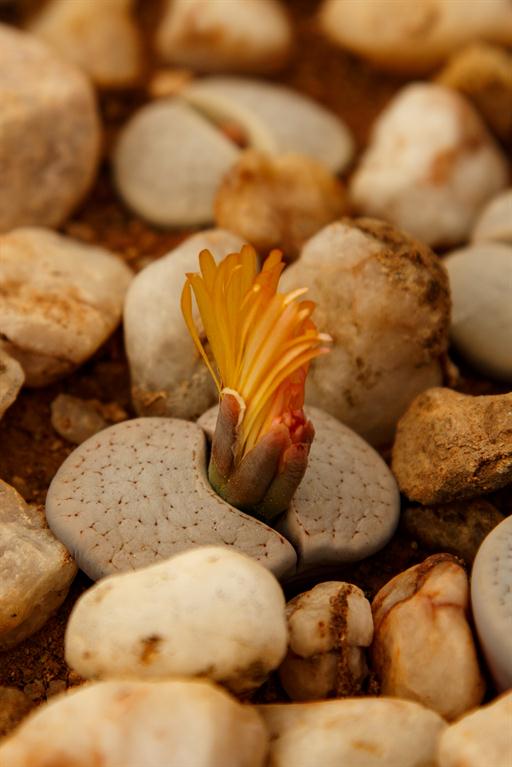
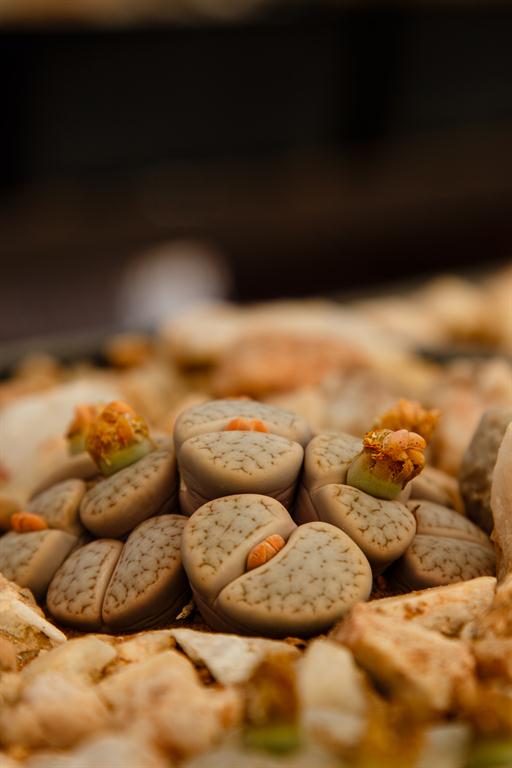
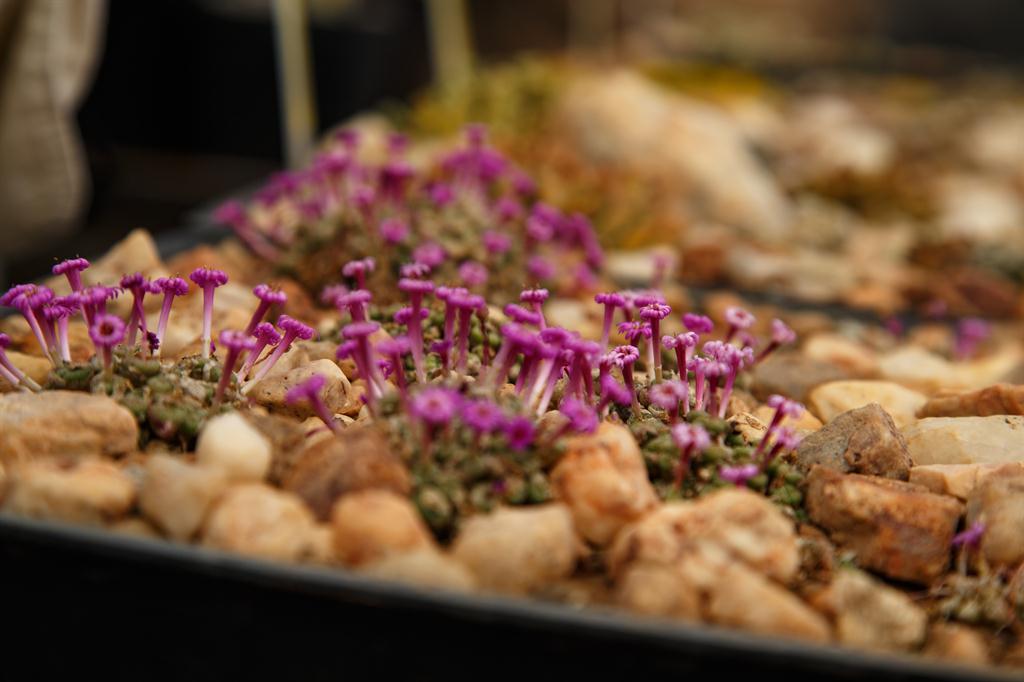
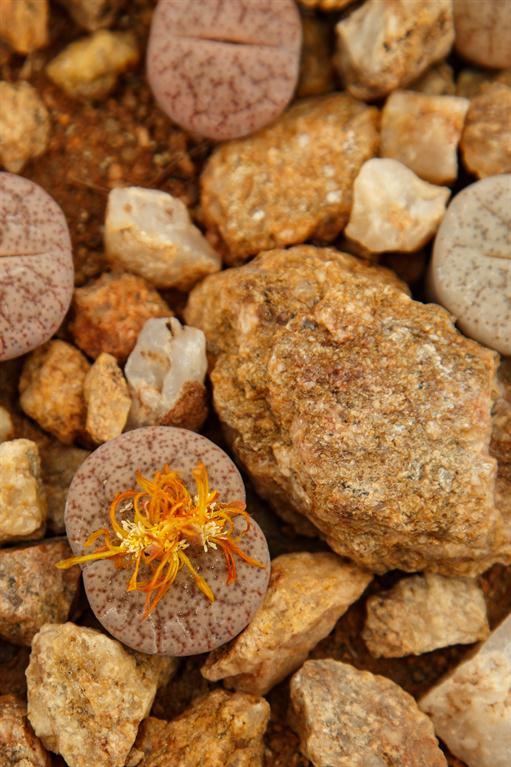
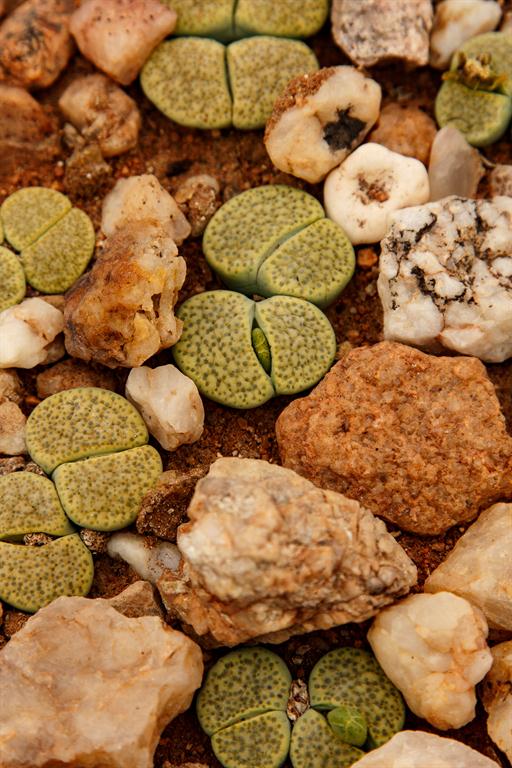
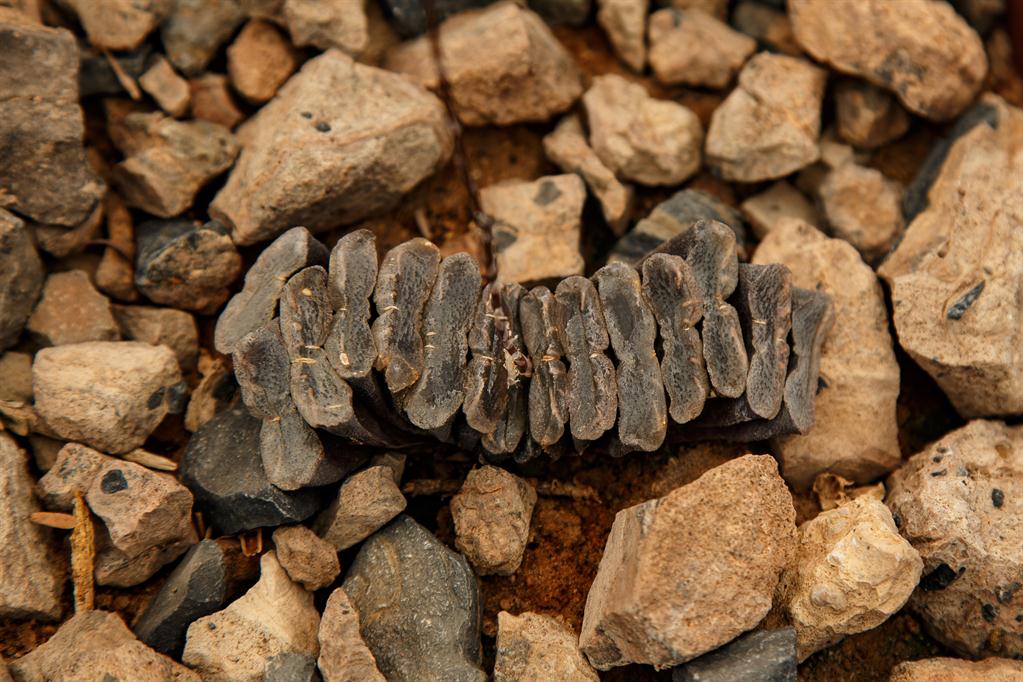

Kommentar
Allgemeine Zeitung
Zu diesem Artikel wurden keine Kommentare hinterlassen